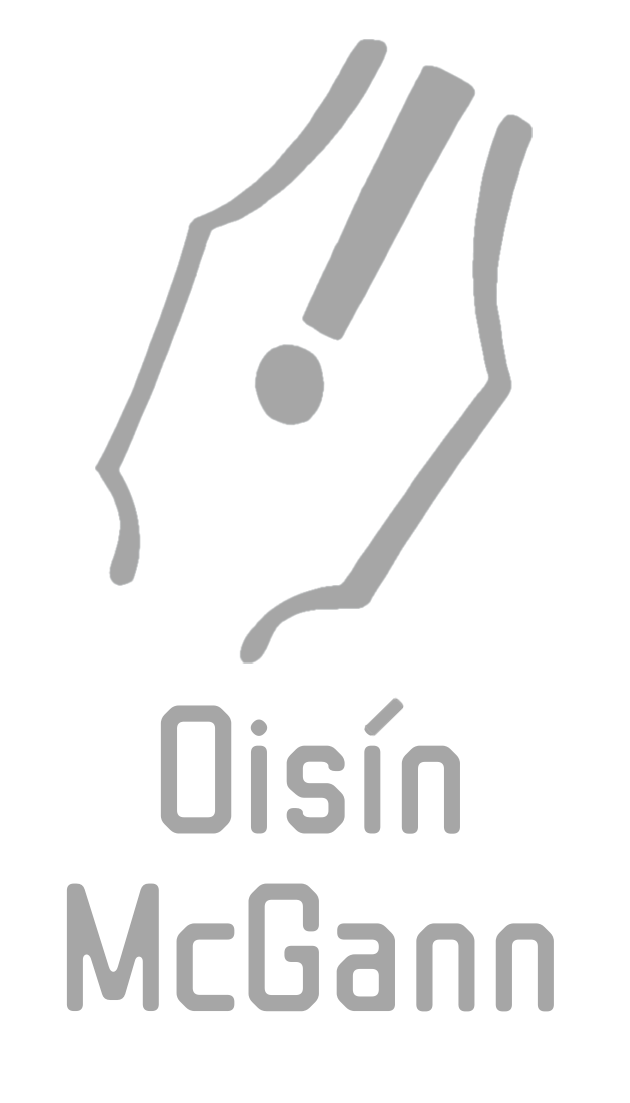Guest Post for Meath Libraries Blog – Children’s Book Festival 2011
When you get right down to it, comic art is about trying to get an idea from the creator’s head into the reader’s by the quickest, clearest means possible, and in a way that’ll stick.
The sessions I ran this week in Meath Libraries were not so much drawing workshops – although we did quite a bit of drawing – they were more to help the kids understand that pictures are primarily a form of language. A means of communication.
As we grow up, we are bombarded with images, and through this process we unconsciously develop an understanding of the symbols that we’re exposed to on a daily basis. A crescent moon means night-time; a bucket and spade means a day on the beach; a cactus signifies the desert; a running figure means an emergency exit. We are able to read pictures long before we learn to comprehend text. But just because it’s instinctive, doesn’t mean it’s not a skill. You don’t learn to walk at school.
In my sessions, I’m not even trying to teach these symbols, though we do use them. I’m just trying to show how they can be used to tell a story. And they can be used by those with only the most rudimentary drawing skills. For me, some comic illustrators are among the most significant artists of their generation. Others can’t draw to save their lives, but they might have a knack for telling a story in the simplest of lines.
For demonstration, for injecting knowledge or ideas, film must surely be the best medium. But there’s a reason every film project, from an advertisement to a feature film, starts with a storyboard. It’s the only way to explain what’s going on to all the various experts involved. Before extraordinary amounts of money are spent, before a single frame is shot, they all look to the storyboard to see everything that’s going to happen.
I love pictorial communication for everything it is. Sometimes that art can be beautiful, emotionally engaging, mysterious – complex, a tease to the imagination. Other times, I’m just desperately looking for the stick figure on a toilet door. Good comic art is a form of instinctive hieroglyphics, a language without words. It can be used simply or crudely, it can be lyrical, evocative. And then, when you stick the words in too, there simply is no better way to create that link between one person’s mind, and another.
